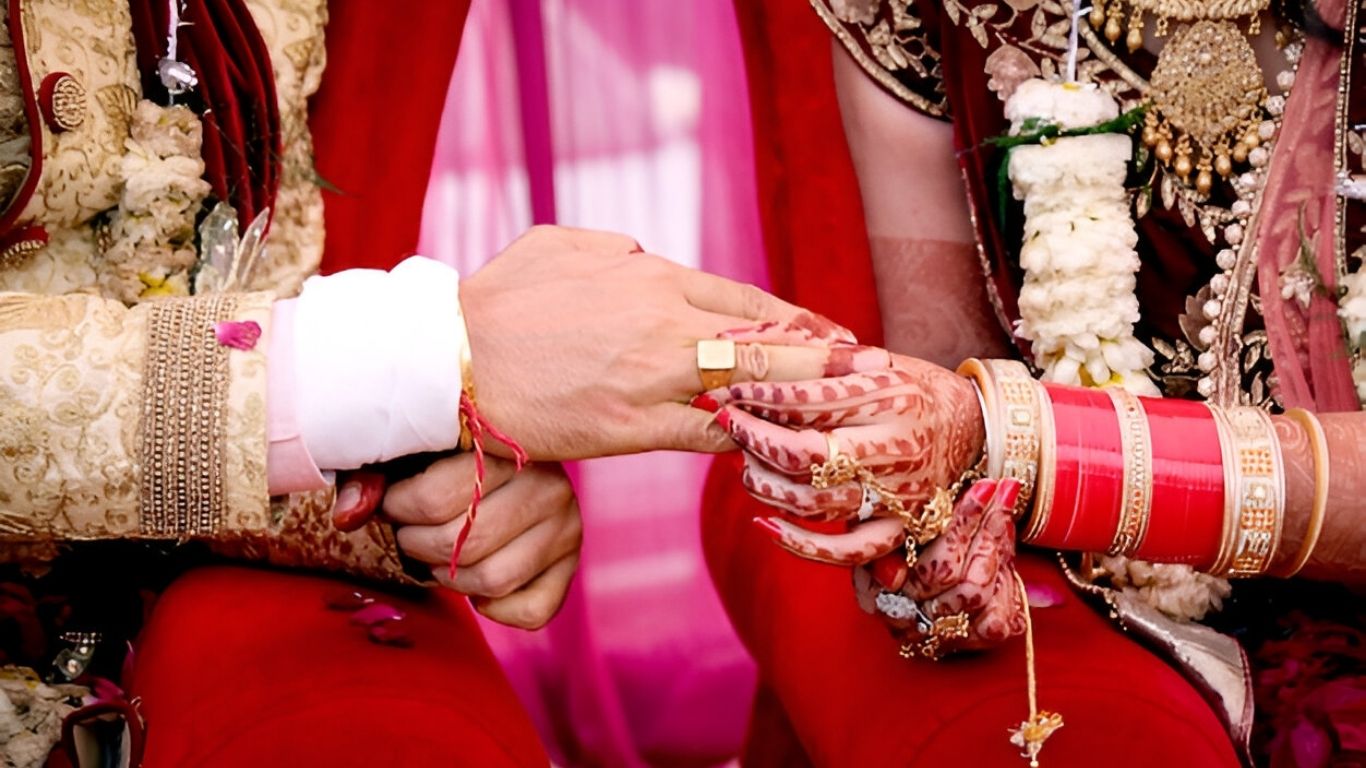
Indian weddings are celebrated with unique grandeur and rich customs that vary greatly across the country. While simplicity is subjective, several key factors contribute to why South Indian weddings are generally regarded as less extravagant than those in the North.
1. Cultural and Religious Emphasis
One of the most significant differences lies in the cultural approach to weddings. South India, comprising Tamil Nadu, Kerala, Andhra Pradesh, Telangana, and Karnataka, is home to diverse regional customs, but there is a shared focus on simplicity and religious significance. South Indian weddings typically revolve around rituals and traditions rooted in spirituality, while North Indian weddings often place a greater emphasis on festivities and social gatherings.
2. Focus on Tradition Over Extravagance
In South Indian weddings, much of the attention is directed toward religious ceremonies and family traditions. These weddings are often held in the bride’s or groom’s home or at a nearby temple, with minimal decorations that emphasize the sacredness of the occasion. Traditional meals, such as rice, sambar, and payasam, are served to guests, further emphasizing simplicity and cultural heritage over lavishness.
3. The Wedding Attire
The bride typically wears a simple silk saree, often in shades of red or gold, which is elegant yet not excessively ornate. The groom usually opts for a dhoti or a simple silk kurta, reflecting a more understated style.
In contrast, North Indian brides often wear heavily embellished lehengas or sarees, and grooms don elaborate sherwanis. These outfits are not only more expensive but also add to the overall grandeur and complexity of the wedding.
4. More Intimate Celebrations
South Indian weddings are known for their smaller and more intimate guest lists. These weddings focus on close family and friends, creating a more personal, serene atmosphere where the ceremony can proceed without distractions. The sense of community is strong, with everyone present knowing each other, which enhances the emotional significance of the occasion.
5. Simpler Rituals
These weddings usually involve a set of key rituals, such as the Kanyadaan (the giving away of the bride), the tying of the thali (the sacred thread that symbolizes the marital bond), and the seven steps (sapta padi) taken around the sacred fire. These rituals are straightforward yet carry deep spiritual meaning.
North Indian weddings, in contrast, often include a greater variety of ceremonies spread over several days, such as the haldi, mehendi, sangeet, and various pre-wedding functions. While these rituals are meaningful, they add layers of complexity and extend the duration of the celebrations.
6. Venue and Decoration
South Indian wedding venues tend to be more understated, often set in temples or at home. The décor is minimal, allowing the natural beauty of the venue to shine and preserving the sacred nature of the event. The emphasis is on creating a serene, blessed atmosphere rather than spending large sums on lavish decorations.
In North India, however, weddings are typically held in grand banquet halls or outdoor venues, with opulent decorations, floral arrangements, lighting, and thematic elements. These elaborate setups, while beautiful, add a layer of extravagance that contrasts with the more understated approach in South Indian weddings.
7. Lower Costs
The overall cost of a South Indian wedding is generally much lower than that of a North Indian wedding. With fewer guests, simpler venues, and modest attire, South Indian weddings can be more affordable. While families may still invest in quality silk sarees and traditional jewelry, the expenses are relatively contained compared to the higher costs involved in North Indian weddings.
From booking large venues to providing meals for hundreds of guests, the financial outlay for a North Indian wedding can be significantly higher.
8. Emphasis on Marriage, Not Just the Wedding
South Indian weddings often focus on the spiritual and emotional significance of the marriage. The ceremony is generally concise, centered around sacred vows, rituals, and blessings, with an emphasis on the lifelong commitment between the couple. The wedding is viewed as the start of a new chapter in life, where the focus is on the values and bonds being formed.
In contrast, North Indian weddings, while deeply meaningful, tend to place more emphasis on the wedding celebration itself. The grandeur of the event sometimes overshadows the more spiritual or personal aspects of the union.
The Blessings Matrimonials
For those seeking a meaningful and lasting connection, Blessings Matrimonials offers a simple, personalized matchmaking service. Understanding the intricacies of both South and North Indian marriages, Blessings Matrimonials focuses on compatibility, family values, and long-term happiness. Whether you are looking for a traditional South Indian match or seeking a partner with shared cultural beliefs, Blessings Matrimonials helps navigate the complexities of marriage and ensures that your journey toward marital bliss is simple, meaningful, and fulfilling.
Don’t miss: How Do Elite Marriage Bureaus Help Find a Perfect Match?
Conclusion
These weddings focus on the sacredness of the union, with a minimalistic approach to decor, attire, and functions. On the other hand, North Indian weddings are larger in scale, featuring grand celebrations, extensive rituals, and elaborate decor that reflect a different cultural approach to the union of two people. Both styles of weddings are beautiful and hold deep cultural significance, but at their core, the essence of any wedding remains the same: a commitment between two individuals to share their lives. Whether simple or extravagant, it is the love, respect, and bond that truly define the success of a marriage.